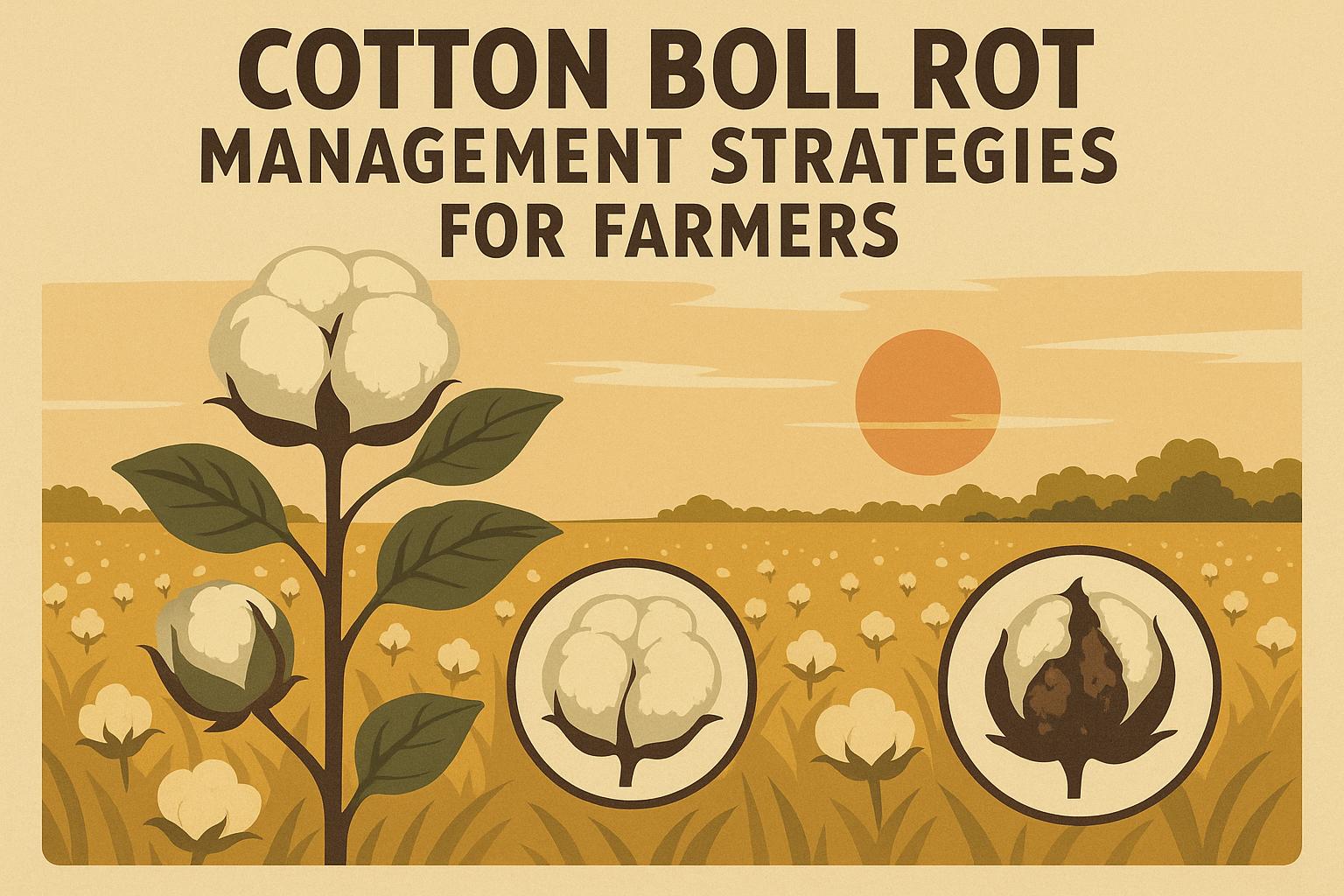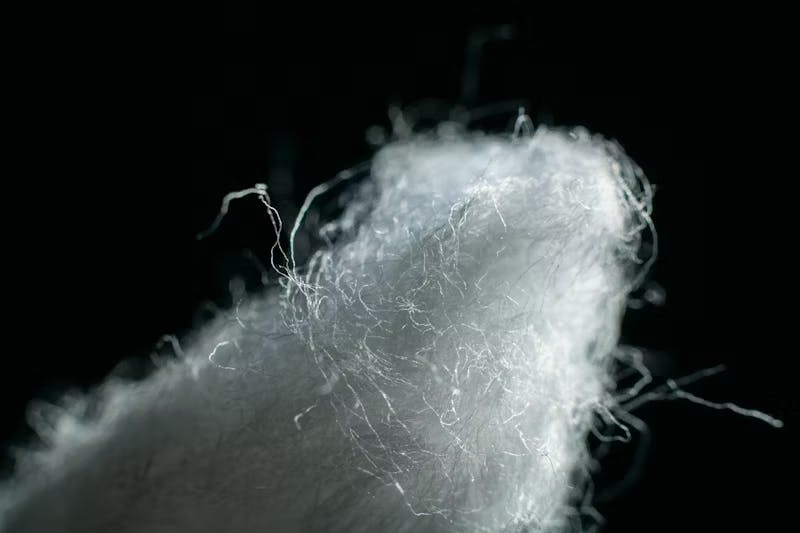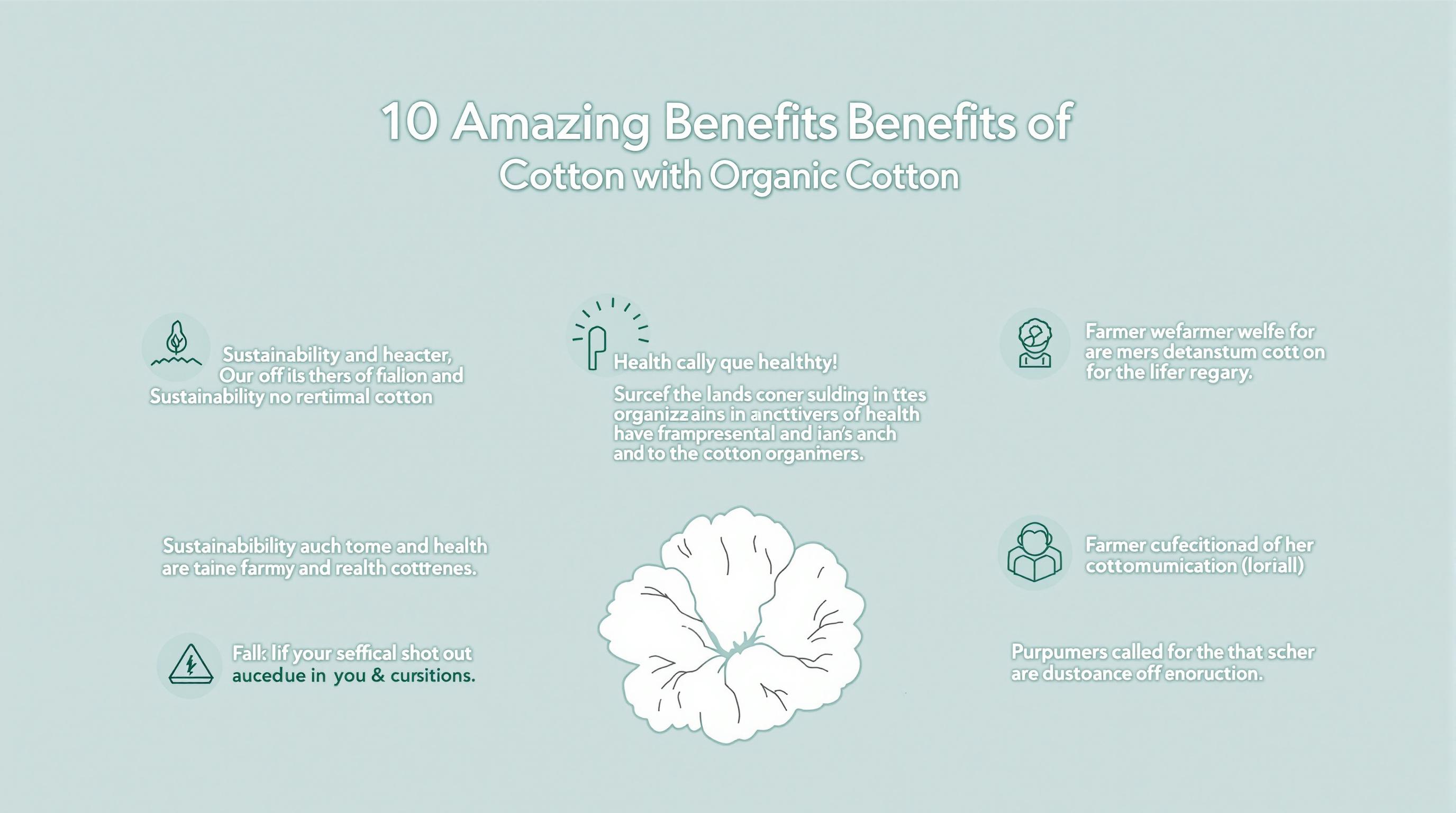The Critical Role of Micronaire in Cotton Profitability
You've navigated countless seasons, balancing inputs against unpredictable weather and markets, but one metric that can quietly erode your margins is micronaire—the measure of fiber fineness and maturity that directly impacts lint grades and premiums. Mastering cotton micronaire management isn't about chasing perfection; it's about strategic practices that align with your operation's realities to consistently hit that sweet spot of 3.5 to 4.9, avoiding discounts while enhancing spinnability for better returns.
Extension data across major belts shows that suboptimal micronaire can slash premiums by 5-10 cents per pound, translating to thousands in losses on large-acre farms. Factors like variety genetics, weather extremes, and nutrient timing all play roles, but with targeted approaches, you can mitigate risks and push toward uniform maturity. Assuming you're versed in basics like boll development and ginning impacts, we'll delve into advanced techniques that address common pitfalls, drawing on soil science and plant physiology for actionable insights.
Variety Selection: Genetics as Your First Line of Defense
Choosing varieties with stable micronaire traits sets the foundation for effective cotton micronaire management, especially in variable climates where heat units fluctuate.
- Regional Adaptation: In humid Southeast fields prone to excess moisture, opt for mid-maturity types with inherent fineness control to avoid low-mic scenarios from delayed boll opening. Trials indicate that varieties scoring 4.0-4.5 average micronaire in wet years reduce downgrade risks by 15%.
- Trait Stacking: Prioritize lines combining Bt for pest resistance with micronaire stability—excess defoliation from untreated worms can coarsen fibers. Look for breeders' data on micronaire ranges under stress.
- Trial Evaluations: Use on-farm strips to test 2-3 options; monitor with hand-held micronaire testers post-harvest to build custom benchmarks, factoring in your soil's potassium levels, which influence maturity.
Avoid over-relying on yield alone; micronaire variability can offset gains if it pushes you into discount territory. Challenges like new variety hype require cross-referencing with independent trials.
Soil and Nutrient Strategies for Fiber Maturity
Soil conditions dictate nutrient availability, directly affecting boll fill and micronaire—imbalances often lead to immature, fine fibers in deficient fields.
- Potassium Optimization: Critical for cell wall thickening; apply 100-150 lbs/acre in low-testing clays, split between pre-plant and layby to sustain late-season uptake. Data shows K-deficient cotton drops micronaire by 0.5-1.0 units, increasing neps.
- Boron and Calcium Balance: Foliar boron at 0.5 lbs/acre during bloom prevents hollow bolls; pair with gypsum for calcium in sodic soils to improve structure and maturity uniformity.
- pH Management: Maintain 6.0-6.8; acidic conditions lock up manganese, coarsening micronaire—lime applications based on grid sampling, correct this, boosting averages by 0.3 units in trials.
Tissue sampling at peak bloom guides adjustments; over-fertilization risks rank growth, diluting maturity. In organic systems, compost teas enhance microbial release for steady nutrition.
Water Management: Precision to Avoid Extremes
Irrigation inconsistencies spike or plummet micronaire, as water stress disrupts lint development—advanced cotton micronaire management hinges on balanced moisture.
- ET-Based Scheduling: Use evapotranspiration models to apply 1-1.5 inches weekly during boll set; deficit post-cutout thickens fibers without yield loss, lifting micronaire by 0.4 in dryland trials.
- Sensor Integration: Soil probes at 6-18 inches detect deficits early; overwatering in pivots can fine out micronaire by promoting vegetative flush—adjust for 50% depletion thresholds.
- Drip vs. Furrow: Subsurface drip delivers uniform moisture, minimizing wet-dry cycles that cause variability; in furrow systems, alternate wetting preserves structure.
Monitor for salinity; high EC coarsens fibers—flush with off-season leaching. Challenges in limited-water areas require prioritizing reproductive stages.
Pest and Disease Impacts on Micronaire
Pests weaken plants, indirectly skewing micronaire through defoliation or stress—proactive scouting preserves maturity.
- Bollworm Thresholds: Larval damage scars locks, fining lint; Bt traits plus thresholds at 5% squares reduce impacts, maintaining 4.0+ averages.
- Aphid Honeydew: Sooty mold from unchecked populations blocks light, delaying maturity—beneficials and thresholds at 50/leaf prevent drops of 0.5 units.
- Fusarium Management: Vascular wilts coarsen immature fibers; rotations and resistant varieties cut incidence, stabilizing micronaire.
Weekly monitoring with action thresholds minimizes disruptions; over-spraying risks secondary outbreaks affecting fill.
Growth Regulators: Fine-Tuning for Uniformity
PGRs like mepiquat redirect energy to bolls, aiding cotton micronaire management by curbing excess vegetation.
- Application Windows: Start at early square (8-16 oz/acre), followed by bloom doses if internodes exceed 2 inches—trials show this boosts micronaire by 0.3-0.5 in rank fields.
- Rate Calibration: Lower in stress-prone soils to avoid over-suppression of fibers; monitor NAWF for timing.
- Combination Uses: Pair with defoliants for even cutout, enhancing upper boll maturity.
Variety vigor dictates rates; test strips refine for your conditions.
Environmental Factors and Mitigation
Weather extremes challenge micronaire—heat spikes coarsen, cool snaps fine—but cultural tweaks buffer.
- Shade Nets: In intense sun, temporary covers moderate temperatures, stabilizing development in lower bolls.
- Windbreaks: Reduce transpiration stress in exposed plains, preserving moisture for fill.
- Timing Shifts: Plant to align bloom with optimal heat units, avoiding late cold that immaturity fibers.
Data from variable trials underscore adaptive planting.
Harvest Timing and Aids for Peak Micronaire
Defoliation optimizes open bolls without weathering losses affecting micronaire.
- Boll Monitoring: Apply aids at 60% open; ethephon accelerates lower maturity, lifting averages by 0.2.
- Moisture Checks: Harvest at 10-12% to avoid brittle coarsening; delay in wet conditions prevents fines.
- Aid Mixes: Combine with desiccants for uniform drop, minimizing trash impacts on readings.
Test small areas; mistimed aids can uneven maturity.
Post-Harvest Handling to Preserve Values
Field practices influence lab micronaire—proper storage maintains grades.
- Module Protection: Tarps shield from rain; excess moisture fines immature lint.
- Timely Transport: Avoid compaction heating modules, coarsening through respiration.
- Quality Testing: Sample modules for micronaire; segregate lots for marketing.
Overcoming Common Micronaire Challenges
Variability in mixed soils? Zone management. Low mic from cool finishes? Earlier varieties. Adapt for resilience.
Integrating Practices for Consistent Results
Combine genetics, nutrients, and timing for synergistic gains—potentially stabilizing micronaire within 0.2 units farm-wide.
Actionable Steps for Your Operation
- Evaluate Varieties: Test for micronaire stability in trials.
- Soil Test Thoroughly: Balance K/B; amend pH.
- Schedule Precisely: ET for water; thresholds for pests.
- Apply PGRs Judiciously: Monitor growth stages.
- Time Harvest: Monitor bolls; use aids effectively.
Mastering cotton micronaire management elevates quality, boosting profits.
Cotton micronaire management ensures premium lint in competitive markets.


